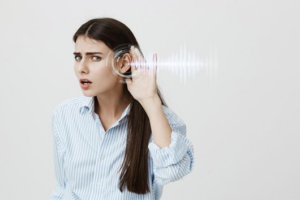
An anxiety disorder goes beyond being edgy or nervous. Moreover, an anxious person is going to report an unreasonable perception of aggravation of threats, hyperarousal, more negative thinking, alongside a strong identification with feelings of fear. It is also seen that patients with anxiety are prone to getting a flight or fight response which overdrives them.
It is seen that anxiety leads to a greater number of physical symptoms including a pacing pulse rate, hypertension and gastric issues. There are two kinds of anxiety disorders namely the general anxiety disorder and the social anxiety disorder. One can find that the symptoms of both these problems can hamper the affected individual normal functioning in daily life.
Traditional forms of Therapy and MBT
Conventionally, cognitive therapy is considered as one of the main forms of treatment for anxiety. It attempts to replace the patient’s maladaptive thinking with an acute one. The therapist works together with the anxiety-ridden person to change the active thought patterns. On the other hand, researchers are now also focused on mindfulness-based therapy.
In this kind of method, there is a focus on the bodily sensations which arise when the person starts getting anxious. A person has to remain fully conscious in the present rather than getting carried away by the disturbing thoughts. The focus is not on avoiding the feelings but on accepting their presence and being open. This ultimately helps in finding the realization that these may not be true perceptions.
The practice of mindfulness therapy for anxiety near me may seem to be counterintuitive; however, it assists the affected persons to release their attachment to anxiety in the long-term. Moreover, the person also practices his or responses to negative thought patterns and are to let go of these thoughts.
Mindfulness as a Convenient and low-cost tool
The body acts as a tool for helping the person realize that anxiety is a reaction of imaginary or overblown threats. On the other hand, one can choose the path to respond to the thought in a positive manner. Thus, treating the incidents as a flight or fight response.
There were nearly 14 studies undertaken at the University of Bergen in Norway for studying the relation between mindfulness-based therapy and anxiety. It was found that MBT was associated with substantially lowered levels of anxiety. Rather, it is found that MBT is as effective as CBT, but the patient getting the treatment does not have to spend as much as on CBT.
With the practice of MBT, anxiety can be clearly seen as a misperception and its symptoms start disappearing.



